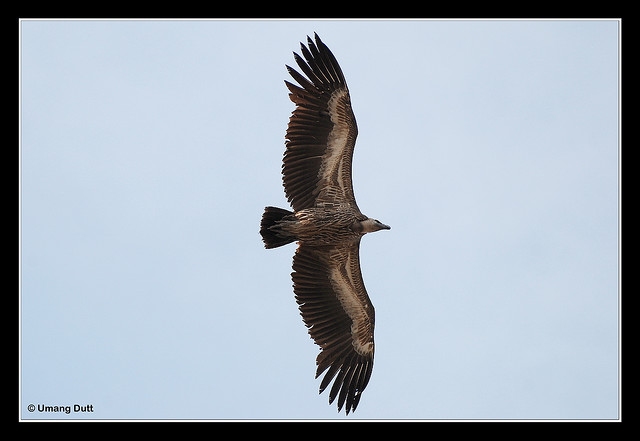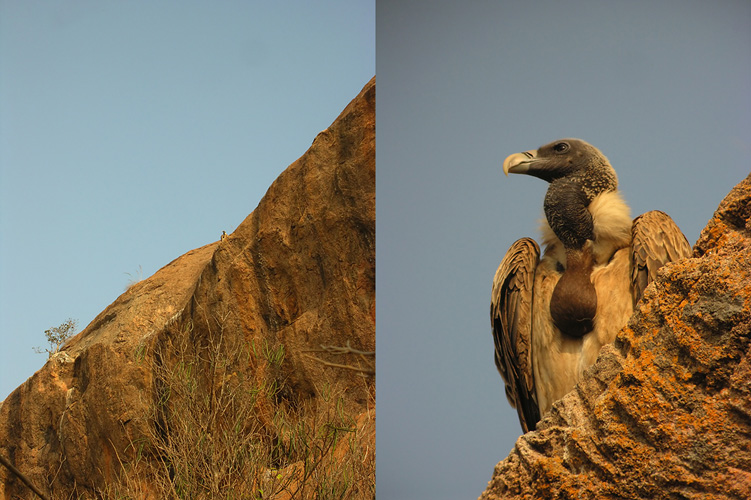Indians today can hardly recall the last time that they saw a vulture. In the 1990s, these majestic birds were a common sight in the subcontinent, and would show up wherever there was exposed carrion. As a child, I remember marveling at vultures circling at impressive heights, probably looking back down at me with their incredible eyesight, their wings outstretched as they effortlessly hovered on columns of warm air.
But since the nineties, their numbers have been falling dramatically in India, Pakistan and Nepal. The scale is astonishing – for every thousand white-rumped vultures in 1990, only one is alive today. A similarly sad story holds for the Indian vulture and the slender-billed vulture. Together, all three Asian vultures are now listed as being critically endangered.

So what’s going on? It’s not that they are being hunted. For one thing, the killing of all wild animals in banned in India. But also, vultures have always provided a much valued ecological service. Most villagers dispose of dead animals by dumping the carrion. And they rely on the vultures to clean up.
Vultures have an undeservedly bad reputation. Because we associate carrion with disease, people believed that vultures spread diseases. But in fact, we now know that the opposite is true. Their powerfully corrosive stomach acids allow them to safely digest carrion that would be lethal to other scavengers, wiping out bacteria that can cause diseases like botulism and anthrax. They are the purgers of death and disease.
In their absence, populations of feral dogs have exploded, bringing with them the threat of rabies and human attacks. And if rats follow suit, India would face a new public health nightmare as it tries to control the spread of rodent-borne diseases like bubonic plague [1].
Continue reading Destroying the disposers of death: will India rescue its few remaining vultures?
